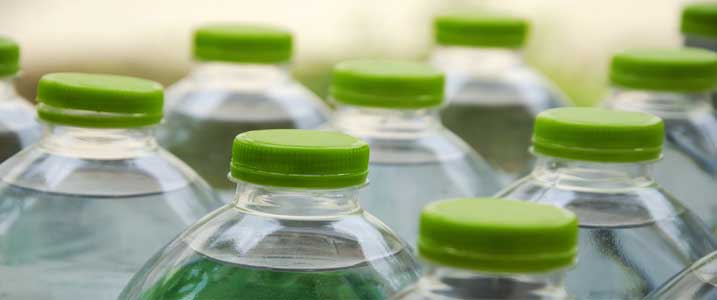
In today’s modern world, many people know they need to drink some form of water to maintain a relatively healthy lifestyle. There are many sources of drinking water, so the question is, “What is the best source?”
Some fifty years ago, we all drank tap water as a matter of convenience and necessity. There was no “bottled water” and tap water was deemed safe and definitely affordable. But as source water became more contaminated with stronger industrial pollutants, more chemicals such as chlorine were needed in larger amounts to insure that municipal water supplies were safe to drink. In the 1980’s, sparkling waters such as Perrier became available in the marketplace along with a very few natural spring waters such as Mountain Valley Spring from Hot Springs, Arkansas. With the emergence of health food stores, a market for alternative drinking water became established with other “purified” spring water products, some foreign, being introduced to American markets. At the same time various processes were adopted to produce “distilled” water and “Reverse Osmosis” water to insure that available drinking water was likewise “purified.” These strategies and practices remain part of our water distribution system today and are still used in processing modern day bottled water.In Japan, a little known process called water ionization was being developed but water ionizers at that time were cost prohibitive and were not a part of the “water landscape” here in the United States.
The earlier bottled waters were “spring” or “mountain” waters were mostly alkaline and truly healthy alternatives to drinking tap water – but as more people turned to bottled water as their drinking water of choice the profit associated with this industry grew exponentially until today large and small companies have invested heavily in a retail system where water choices are endless—but are they healthy?
In today’s market you and just about everyone you know thinks of water as tap water or “purified” water and that’s it. Built around this concept, there also is an entire industry producing “filters” to actually “purify” your tap water. This choice is considered especially cost effective considering the price of most bottled water today. However, the term purified can mean different things to different people. Generally purified water is considered free of chemicals or drug contaminants and of sediment and mineral deposits, as well as heavy metals. Actually, the EPA lists around two hundred primary water pollutants for which municipal and commercial drinking water must be tested. Bottled water, though usually better tasting may contain impurities or simply be acidic from processing (purification) or storage.
Other than designer pH waters or more expensive natural spring waters, there are very few beneficial bottled waters on the market today that promote a healthy lifestyle. The vast majority of bottled waters as well as almost all filtered waters contain no alkalizing benefits and can promote systematic over-acidfication. This condition is termed acidosis and is the root inflammatory cause of many, if not most illnesses and chronic conditions.
Within the context of this website I will explain to you the differences between living and dead (acidic) water and why proper water pH and oxygenation (if available) are essential to optimum hydration and blood pH stabilization—two conditions which I consider essential for optimal health.









